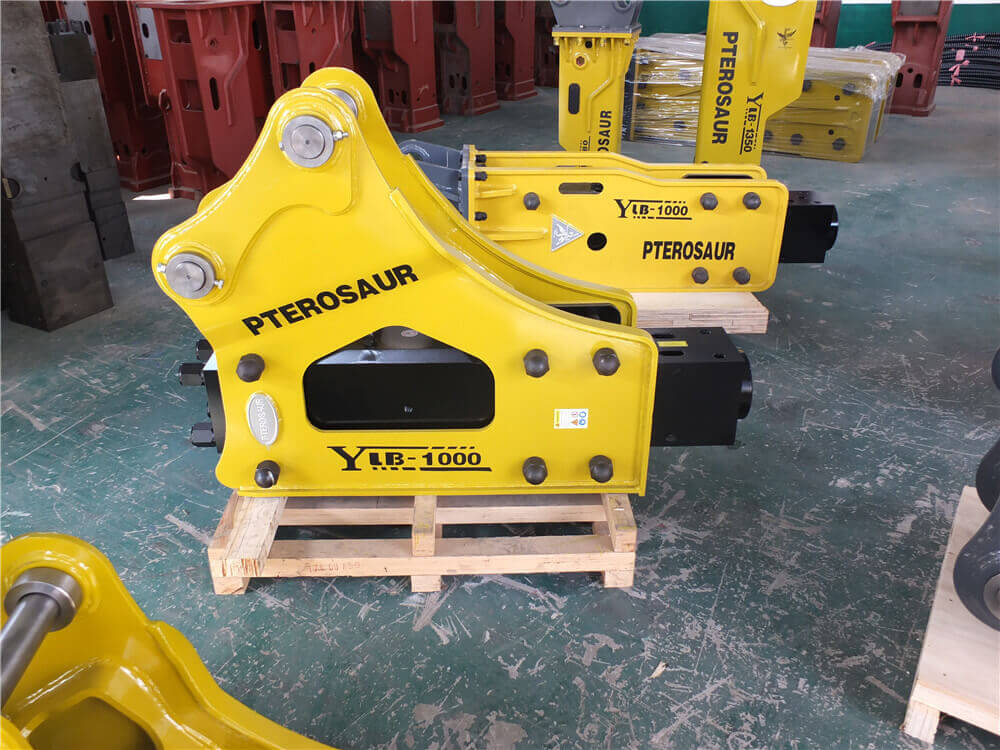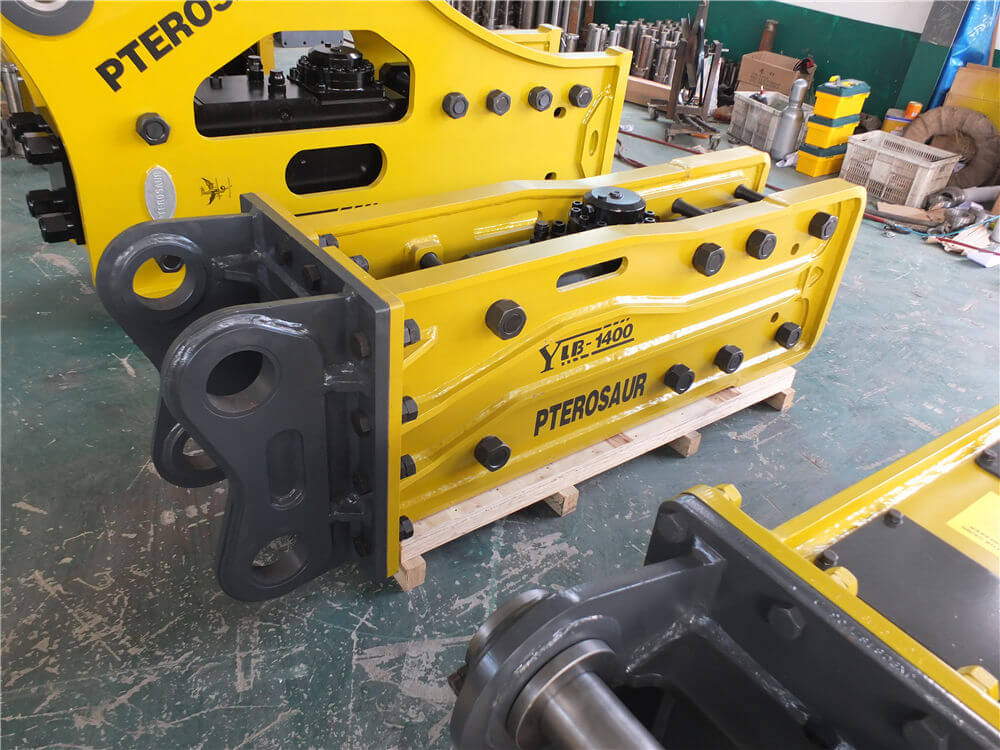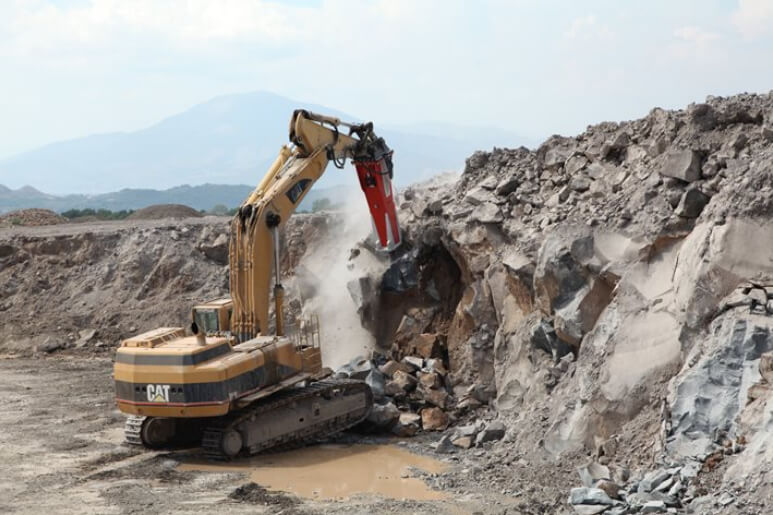Understanding ITR Hydraulic Hammers: A Comprehensive Overview
Hydraulic hammers, also known as hydraulic breakers, are essential attachments for excavators, commonly used in mining, construction, and demolition. Among the leading manufacturers in this field, ITR has established a reputation for producing high-quality hydraulic breakers that enhance productivity and efficiency on the job site. This article delves into the features, operation, and maintenance of ITR hydraulic hammers, particularly focusing on their innovative models: the MonoBlack and NitroWhite breakers.
Innovative Design and Functionality
The ITR NitroWhite breaker is engineered to deliver greater impact force while maintaining a constant speed, thanks to its sophisticated internal control valve system. This design allows for manual frequency and power variations, enabling operators to avoid blank strokes—a common issue that can lead to inefficiencies and increased wear on equipment. By providing the ability to adjust power settings, the NitroWhite breaker ensures optimal performance tailored to specific tasks.
On the other hand, the MonoBlack breaker offers a silent operation with simple and fast maintenance, providing users with savings over time. Both models are designed, manufactured, and assembled in Italy, reflecting ITR’s commitment to quality and durability.
Components of ITR Hydraulic Breakers
ITR hydraulic breakers consist of several key components:
– Breaker Unit: This is the core of the hydraulic hammer, which can be manufactured as a monoblock or in multiple parts secured together with tie rods.
– Casing: The casing is fitted with shock-absorbing and vibration-damping systems that help protect the breaker unit from excessive wear and tear.
– Tool: The tool, often referred to as a “moil” or “chisel” point, is the part that makes contact with the material being broken.
These components work together to ensure that the hydraulic breaker operates efficiently while minimizing operator fatigue and equipment wear.
Recommendations for Use
To maximize the performance and lifespan of ITR hydraulic breakers, users should follow these recommendations:
-
Compatibility: Always ensure that the hydraulic breaker is compatible with the excavator in terms of weight, hydraulic flow, and mounting system. This will prevent potential damage and ensure optimal performance.
-
Avoid Improper Use: Do not use the hydraulic breaker for moving rocks or as a lever; such actions can cause significant damage to the tool and the breaker itself.
-
Regular Maintenance: Implement a routine maintenance schedule to check for wear and tear on components such as the piston, seals, and bushings, ensuring that the breaker remains in top condition.
-
Training: Operators should be well-trained in the use of hydraulic breakers to utilize them effectively and safely.
-
Consult Manufacturer Guidelines: Always refer to the manufacturer’s guidelines for specific recommendations regarding the operation and maintenance of hydraulic breakers.
Conclusion
ITR hydraulic hammers, including the NitroWhite and MonoBlack models, represent the pinnacle of hydraulic breaker technology, offering robust performance and reliability in various applications. By understanding their components and following best practices for use, operators can significantly enhance the efficiency and longevity of their equipment. As ITR continues to innovate and expand its range of hydraulic breakers, users can expect ongoing improvements that meet the demands of modern construction and demolition projects.




































